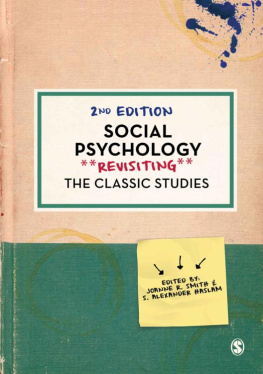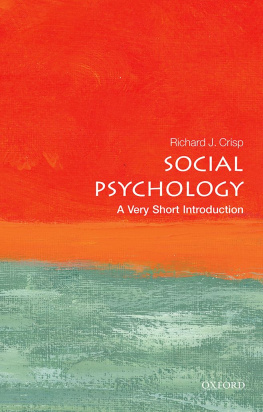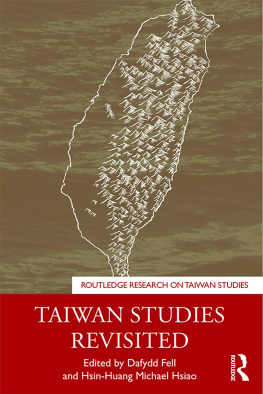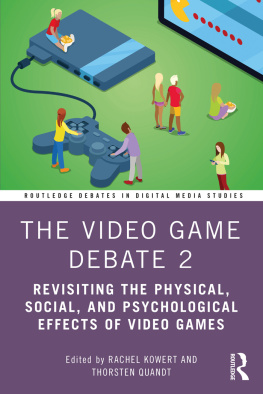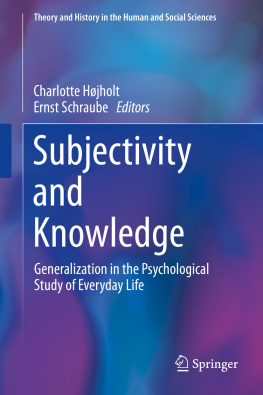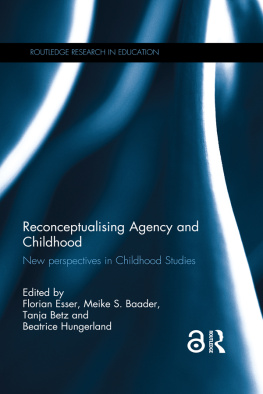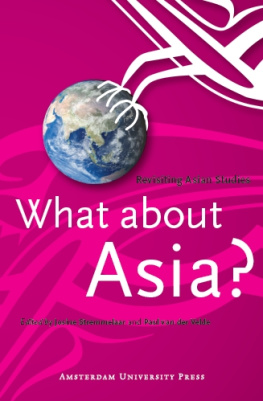3 Church Street
#10-04 Samsung Hub
Singapore 049483
Introduction and Editorial Arrangement S. Alexander Haslam and Joanne R. Smith 2017
Chapter 1 Steven J. Karau and Kipling D. Williams 2017
Chapter 2 Joanne R. Smith and Deborah J. Terry 2017
Chapter 3 Joel Cooper 2017
Chapter 4 Dominic Abrams and John M. Levine 2017
Chapter 5 Jolanda Jetten and Matthew J. Hornsey 2017
Chapter 6 Robin Martin and Miles Hewstone 2017
Chapter 7 Stephen Reicher and S. Alexander Haslam 2017
Chapter 8 S. Alexander Haslam and Stephen Reicher 2017
Chapter 9 Michael J. Platow and John A. Hunter 2017
Chapter 10 Russell Spears and Sabine Otten 2017
Chapter 11 Dominic J. Packer and Nick D. Ungson 2017
Chapter 12 Mark Levine 2017
Chapter 13 Jack Dovidio 2017
Chapter 14 Craig McGarty 2017
Chapter 15 Toni Schmader and Chad Forbes 2017
First published 2017
First edition published 2013
Reprinted 2013, 2014, 2015 (twice), 2016
Apart from any fair dealing for the purposes of research or private study, or criticism or review, as permitted under the Copyright, Designs and Patents Act, 1988, this publication may be reproduced, stored or transmitted in any form, or by any means, only with the prior permission in writing of the publishers, or in the case of reprographic reproduction, in accordance with the terms of licences issued by the Copyright Licensing Agency. Enquiries concerning reproduction outside those terms should be sent to the publishers.
Library of Congress Control Number: 2016962465
British Library Cataloguing in Publication data A catalogue record for this book is available from the British Library ISBN 978-1-4739-7865-2
ISBN 978-1-4739-7866-9 (pbk)
Editor: Luke Block
Editorial assistant: Lucy Dang
Production editor: Imogen Roome
Marketing manager: Lucia Sweet
Cover design: Wendy Scott
Typeset by: C&M Digitals (P) Ltd, Chennai, India Printed in the UK
Preface to the Second Edition
In 2012 when we published the first edition of Social Psychology: Revisiting the Classic Studies, it never occurred to us to write a preface, largely because we were happy for the book to speak for itself. We also had no thought of producing a second edition especially not so soon after the first. Yet the success of the first edition far surpassed our expectations (and those of our publisher). So, although only five years have passed since the first edition was published, it is clear that there is demand for the volume to be updated. Not least, this is because there have been seismic shifts in the field of social psychology during this period that make the original ambition of the volume and of the Revisiting Psychology series more broadly even more relevant today. In particular, while the classic studies are no more classic now than they were five years ago, the lessons to be learned from re-engaging with them seem to be much more pertinent as the discipline negotiates its way through the so-called replication crisis and agonizes about how to define a pathway forward. In this context, having a clear sense of where we have come from seems imperative for understanding where we might want to go, and how we might get there.
Although we touch on some of the reasons for editing a volume on classic studies in social psychology in the introductory chapter, we can include a somewhat fuller account here. At the University of Exeter, a first-year module on Classic Studies in Psychology has been taught since 2005. The module was developed by Alex and Alan Slater (our series co-editor) with a number of objectives in mind. First, we wanted to give students (not all of whom would go on to graduate with a degree in psychology) exposure to studies that are commonly seen as the building blocks of the discipline and about which every student should be expected to have some knowledge. Second, we knew that many students had already had some exposure to these studies in school, but we were keen for them to unlearn some of the myths about those studies and hence about social psychology that had previously been drilled into them. Groups are not inherently bad; people do not always conform; resistance is not necessarily futile. Third, we wanted to give students not only a sense of how knowledge around particular studies and topics had evolved over time, but also insight into the process through which this had occurred. How does one set about critiquing established knowledge, and how does scientific understanding thereby progress (or not)? As the replication crisis has reaffirmed, these questions are among the most important in our discipline, and a course that gives students insights into how to answer them struck us as filling an important gap in the undergraduate curriculum.
In late 2007, Joanne joined the department at Exeter and took over delivery of the Classic Studies course. It was during an early handover meeting that we first mooted the idea of writing a book that would reflect the goals of the course and would satisfy the demands of students for a textbook to accompany it. It took a further five years for us to finally publish the first edition. In the intervening years we discussed various potential formats for the book. Initially we toyed with the idea of writing all the chapters ourselves, before arriving at the much more satisfactory conclusion that it would be far better to ask world-leading researchers to author chapters in which they revisited a classic study into which their own research had given them particular insight. To give the book coherence, however, we agreed that all chapters should have a common format: first describing the classic study itself, then considering its impact, before going on to explain how the field has advanced in the time since the study was conducted.

